This simple investigation is great for learning about stretchy materials. The challenge is to find a material that stretches easily and also returns to its original size.
Don't forget to check out my other ideas for learning about materials and their properties too, including sorting objects from Ariel's cave, creating a superhero cape and saving a dinosaur from some bad weather!
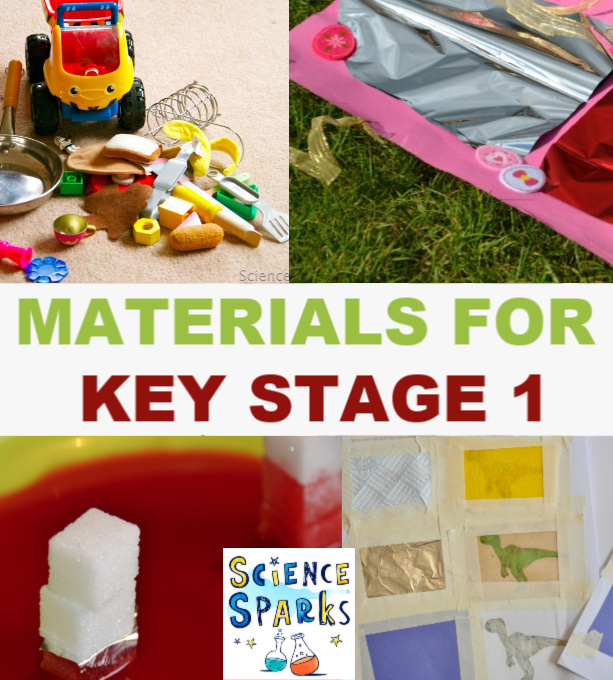
You’ll need
Different materials to test
- Elastic bands
- String
- Ribbon
- Balloon
- Elastic
Ruler
Small bag
Clamp
Marbles
Paper
Pencils
Instructions
Make sure the different test materials are all the same length.
Use a clamp to firmly hold the first test material in place.
Measure how long the material is from the bottom of the clamp.
Place 4 marbles in the bag and attach to the bottom of the first test material.
Measure how long the test material is now and calculate how much is has extended.
Repeat 3 times adding more marbles to the bag each time.
Repeat for each test material and record the results.
Which material is the stretchiest?
Remember to use the same amounts of marbles for each test material.
As an example, you could test each material with 4,8 and 12 marbles.
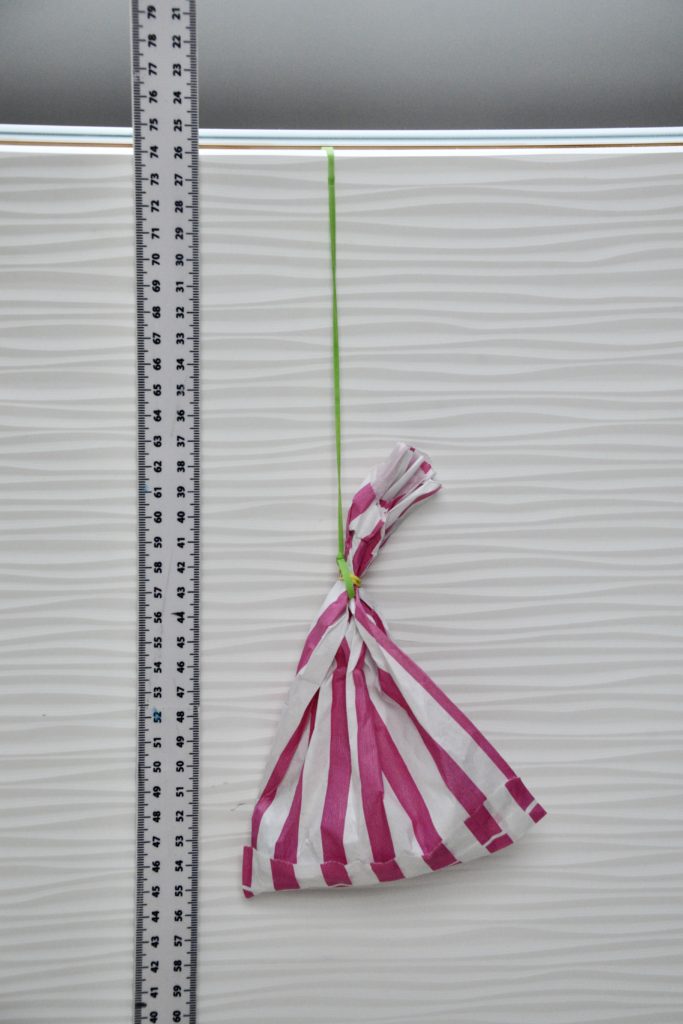
Does the elastic band reach a point where it no longer jumps back up to its original length? If this happens the band has reached its elastic limit.
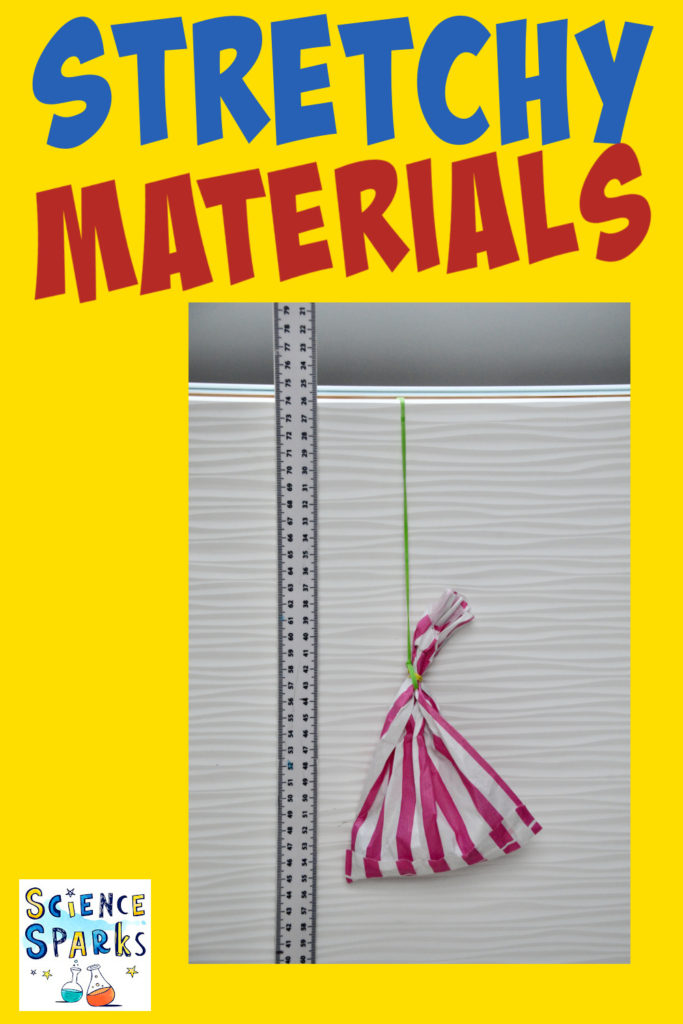
Last Updated on July 18, 2022 by Emma Vanstone
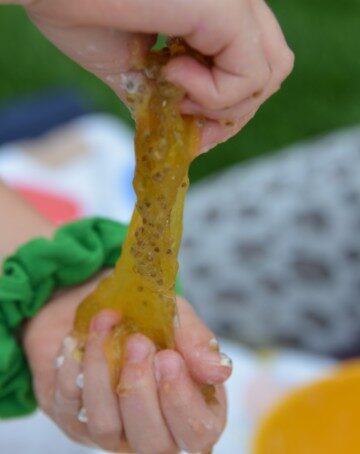
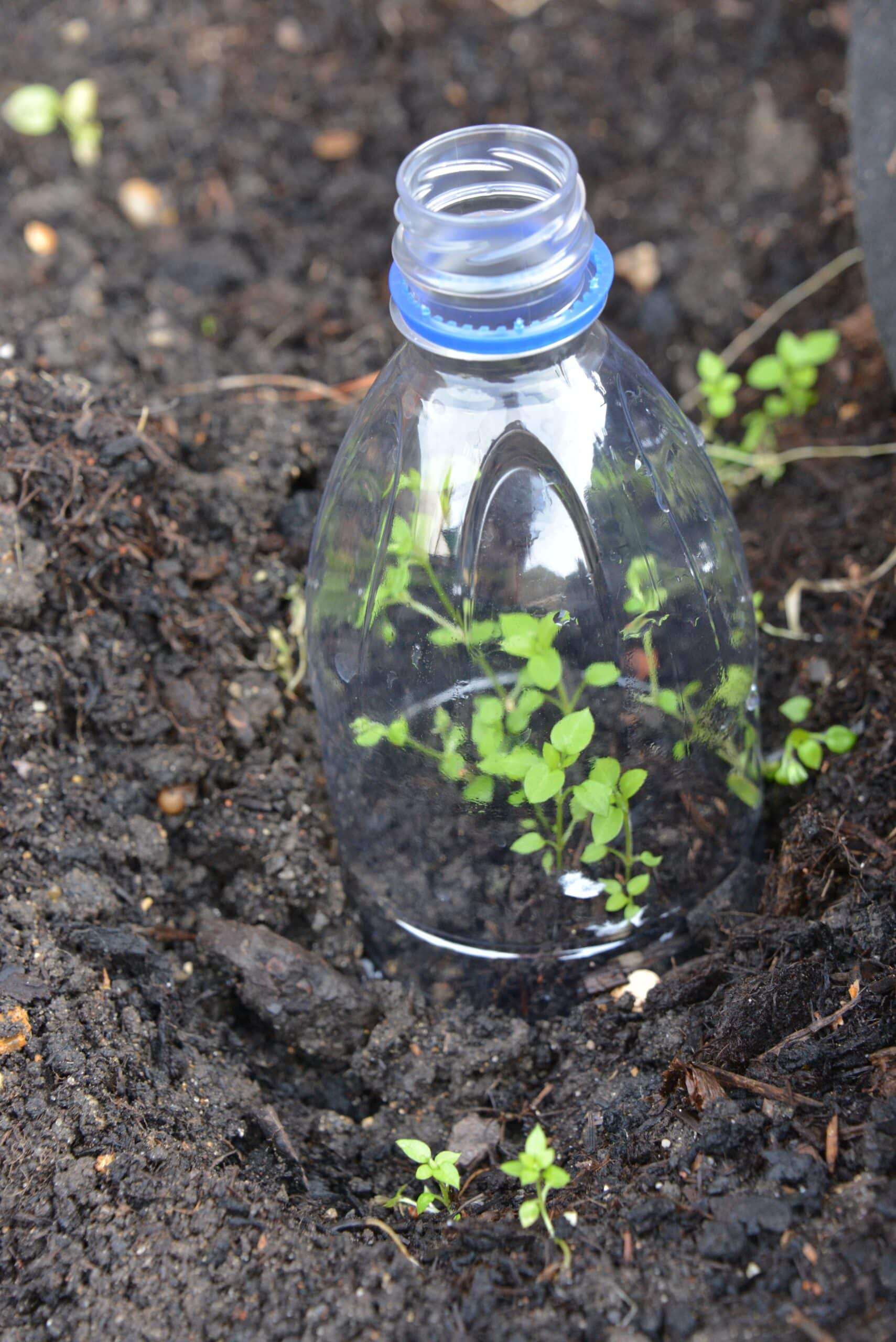


Leave a Reply